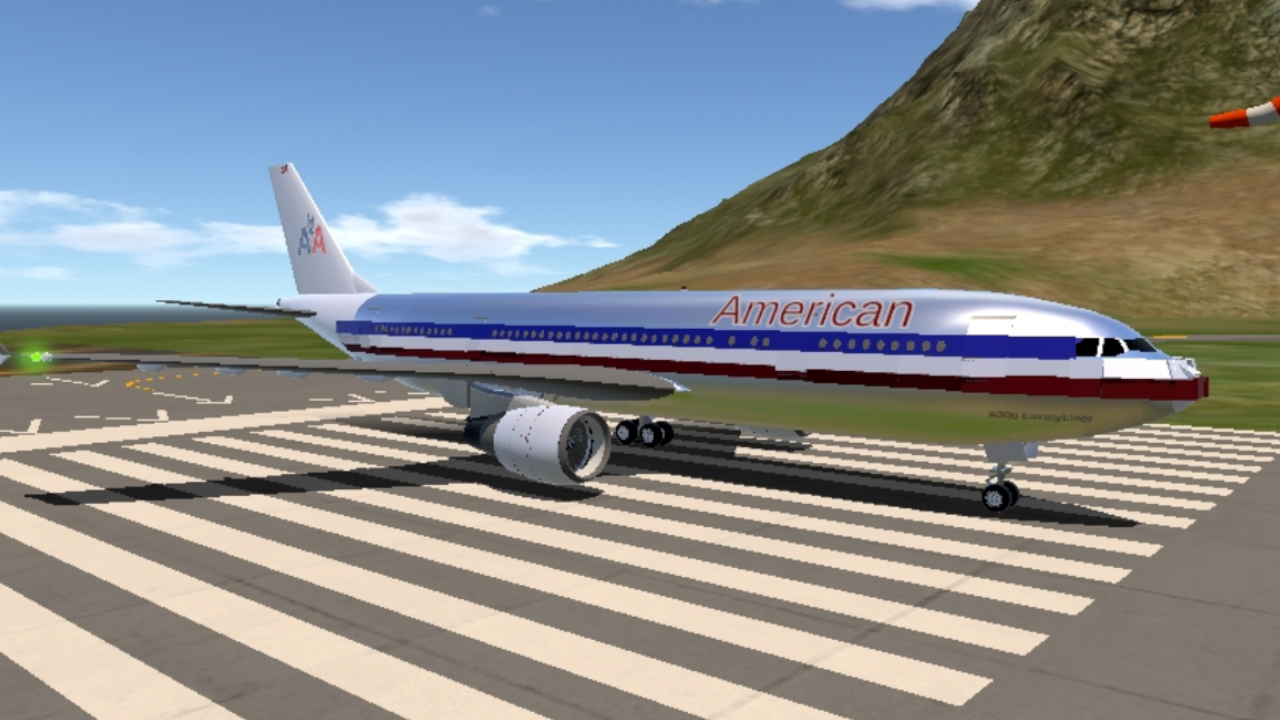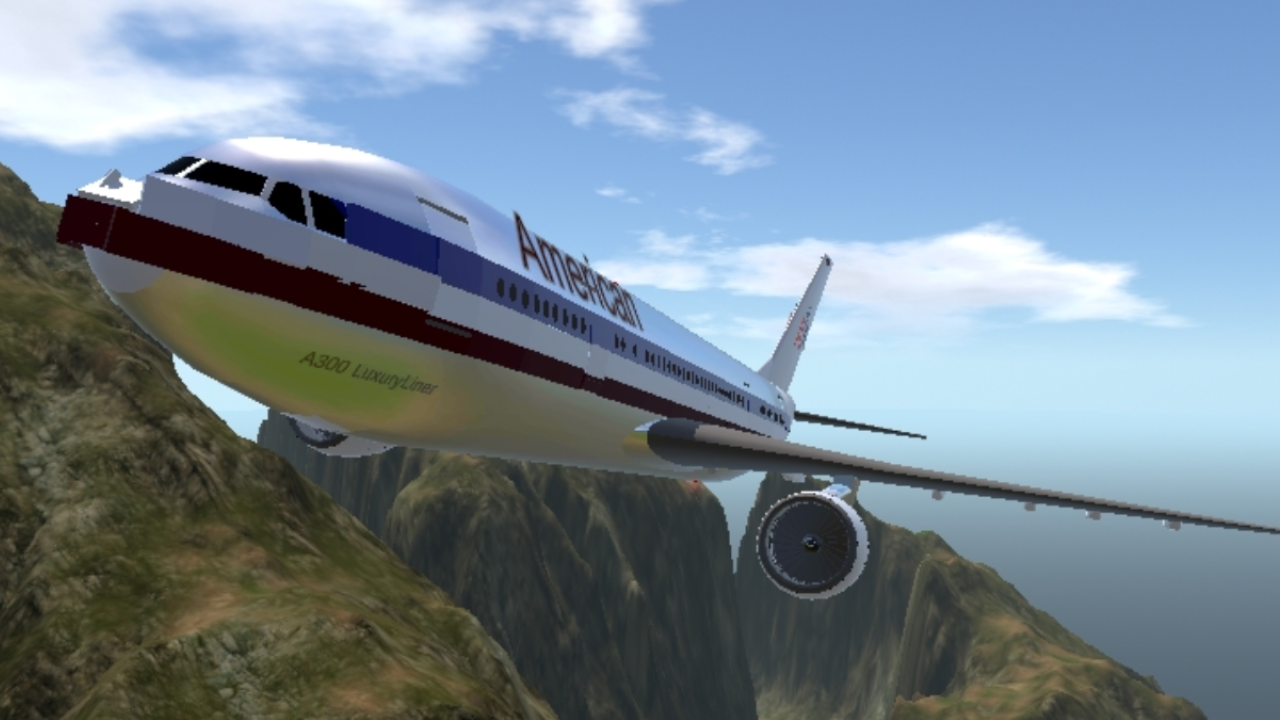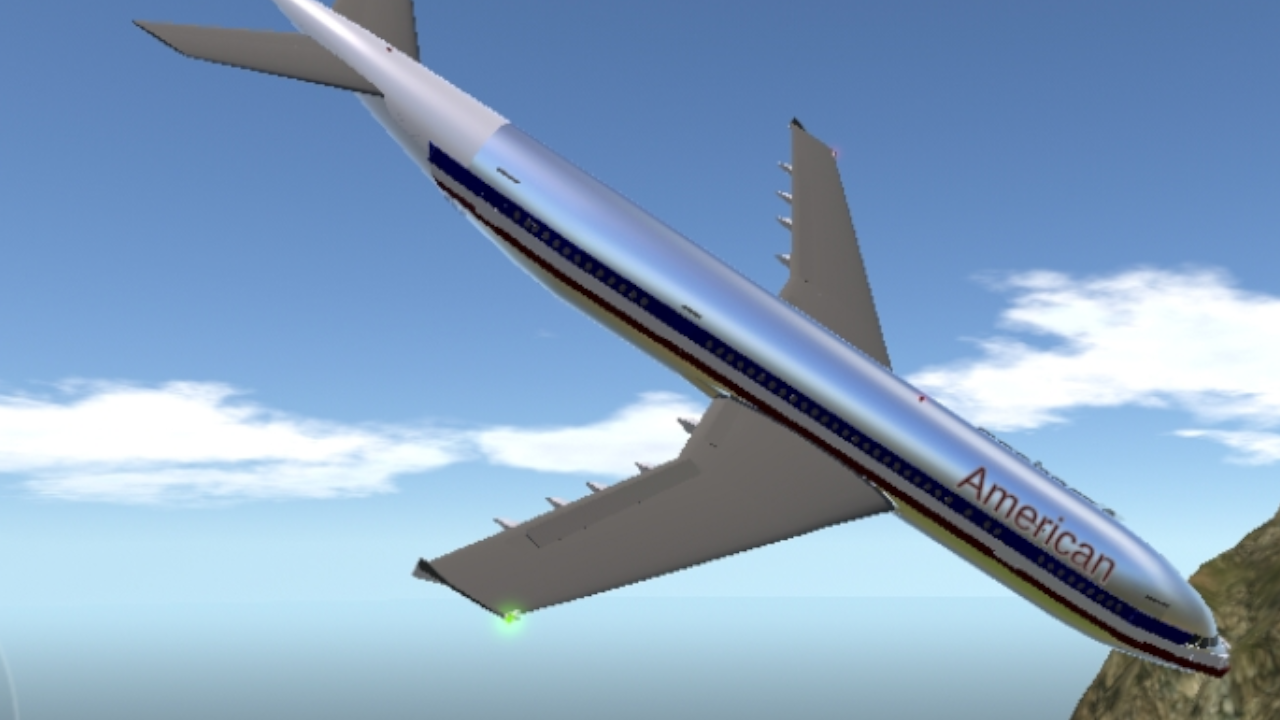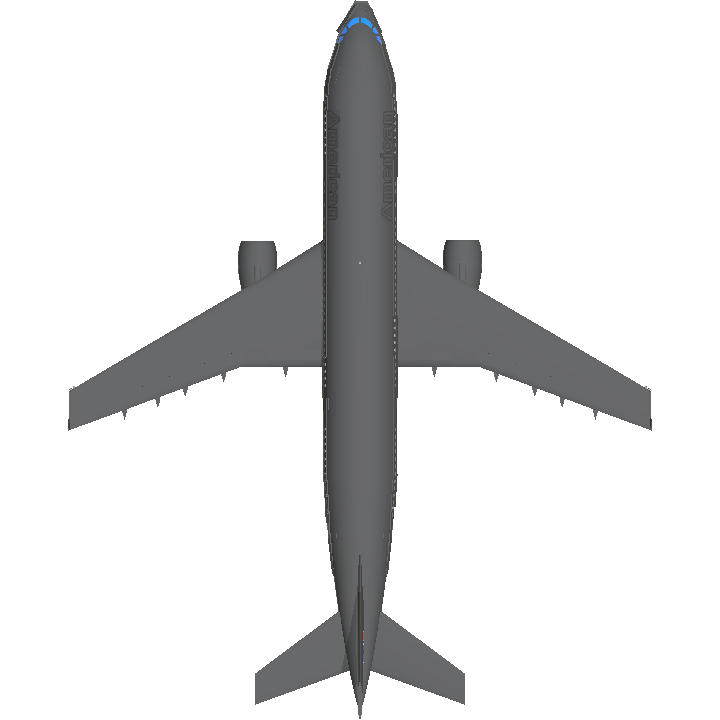Airbus A300

The Airbus A300 is Airbus' first production aircraft and the world's first twin-engine, double-aisle (wide-body) airliner. It was developed by Airbus Industrie GIE, now merged into Airbus SE, and manufactured from 1971 to 2007. In September 1967, aircraft manufacturers in France, West Germany and the United Kingdom signed an initial memorandum of understanding to collaborate to develop an innovative large airliner. The French and West Germans reached a firm agreement on 29 May 1969, after the British withdrew from the project on 10 April 1969. A new collaborative aerospace company, Airbus Industrie GIE, was formally created on 18 December 1970 to develop and produce it. The A300 prototype first flew on 28 October 1972.
The first twin-engine widebody airliner, the A300 typically seats 247 passengers in two classes over a range of 5,375 to 7,500 km (2,900 to 4,050 nmi; 3,340 to 4,660 mi). Initial variants are powered by General Electric CF6-50 or Pratt & Whitney JT9D turbofans and have a three-crew flight deck. The improved A300-600 has a two-crew cockpit and updated CF6-80C2 or PW4000 engines; it made its first flight on 8 July 1983 and entered service later that year. The A300 is the basis of the smaller A310 (first flown in 1982) and was adapted in a freighter version. Its cross section was retained for the larger four-engined A340 (1991) and the larger twin-engined A330 (1992). It is also the basis for the oversize Beluga transport (1994). Unlike most Airbus products, it has a yoke, not using a fly-by-wire system.
Launch customer Air France introduced the type on 23 May 1974. After limited demand initially, sales took off as the type was proven in early service, beginning three decades of steady orders. It has a similar capacity to the Boeing 767-300, introduced in 1986, but lacked the 767-300ER range. During the 1990s, the A300 became popular with cargo aircraft operators, as both passenger airliner conversions and as original builds. Production ceased in July 2007 after 561 deliveries. As of September 2023, there are 197 A300 family aircraft still in commercial service.
American Airlines Flight 587
American Airlines Flight 587 was a regularly scheduled international passenger flight from John F. Kennedy International Airport, New York City, to Las Américas International Airport, Santo Domingo, Dominican Republic. On November 12, 2001, the Airbus A300B4-605R flying the route crashed into the neighborhood of Belle Harbor on the Rockaway Peninsula of Queens, New York City, shortly after takeoff, killing all 260 people aboard (251 passengers and nine crew members), as well as five people on the ground. It is the second-deadliest aviation accident to have occurred in the United States of America, behind the crash of American Airlines Flight 191 in 1979, and the second-deadliest aviation incident involving an Airbus A300, after Iran Air Flight 655.

The location of the accident, and the fact that it took place only two months after the September 11 attacks on the World Trade Center in nearby Manhattan, initially spawned fears of another terrorist attack, but the National Transportation Safety Board (NTSB) attributed the disaster to the first officer's overuse of rudder controls in response to wake turbulence from a preceding Japan Airlines Boeing 747-400 that took off minutes before it. According to the NTSB, the aggressive use of the rudder controls by the first officer stressed the vertical stabilizer until it separated from the aircraft. The airliner's two engines also separated from the aircraft before impact due to the intense forces.
Specifications
General Characteristics
- Predecessor Airbus A300-600 ( Rework )
- Created On Android
- Wingspan 147.0ft (44.8m)
- Length 181.5ft (55.3m)
- Height 55.1ft (16.8m)
- Empty Weight N/A
- Loaded Weight 105,118lbs (47,681kg)
Performance
- Power/Weight Ratio 3.151
- Wing Loading 31.8lbs/ft2 (155.2kg/m2)
- Wing Area 3,307.8ft2 (307.3m2)
- Drag Points 19642
Parts
- Number of Parts 711
- Control Surfaces 9
- Performance Cost 3,528







Press AG1 to detached tail section and both engines!